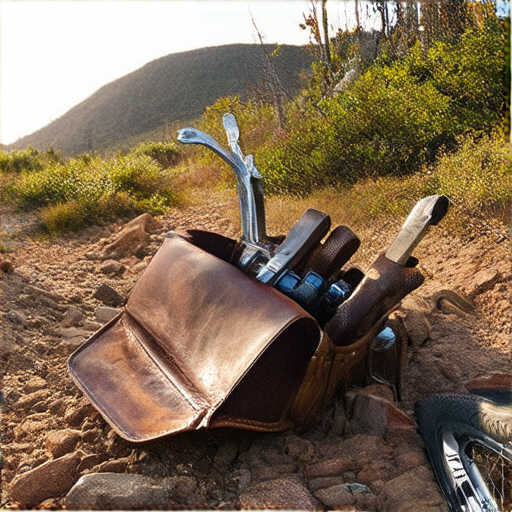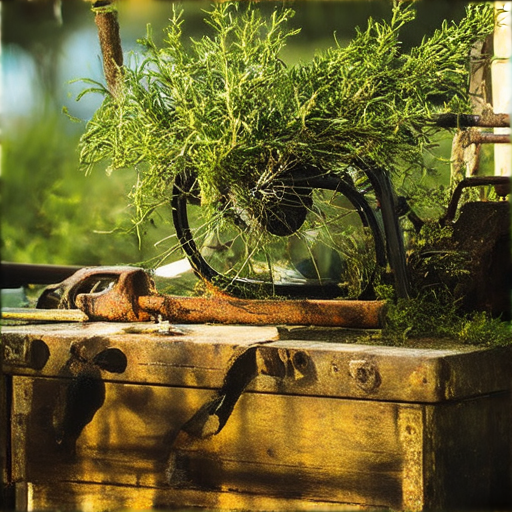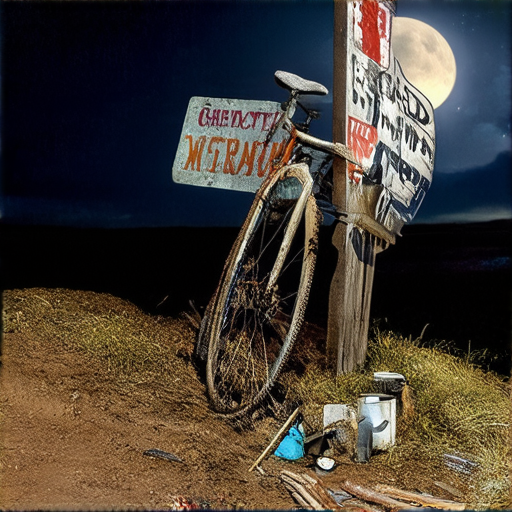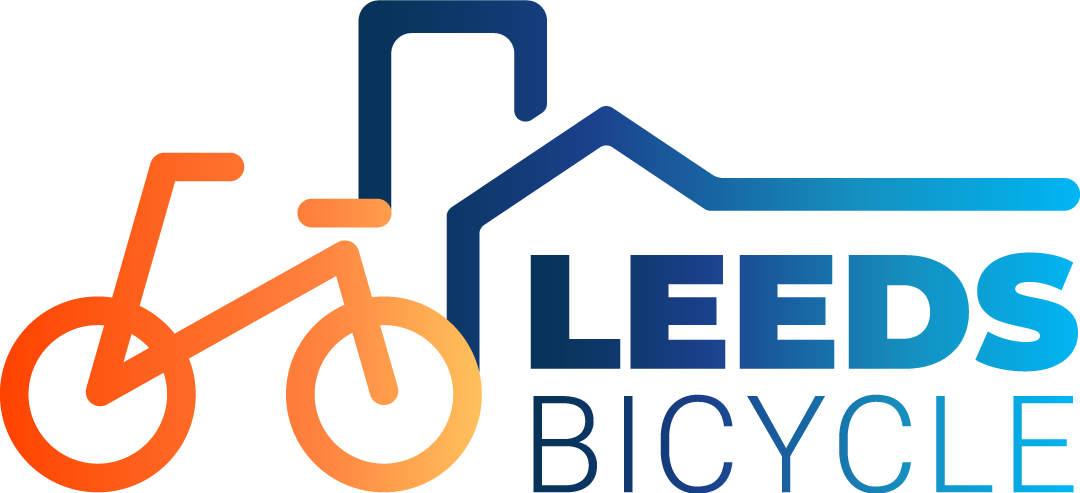Bicycle enthusiasts know that being well-prepared is crucial for a safe and enjoyable ride. For cyclists who hit the trails regularly, a reliable bike repair kit can mean the difference between a quick fix and a costly trip to the shop. With the right tools and equipment, riders can tackle even the toughest terrain with confidence. From basic bike components to specialized mountain bike tools, understanding what’s essential for a bike repair kit can help cyclists stay on the move and avoid getting stranded. In this article, we’ll explore the must-haves for a bike repair kit, from fundamental tools to specialized gear, to help cyclists build their own comprehensive kits and take control of their bike maintenance.

Repairing a Bike: Essential Tools and Steps
To effectively repair a bike, it is crucial to gather the right tools and follow a step-by-step approach.
Tools Needed:
- Tire levers: Used to pry off tires from rims and remove old tire liners.
- Spare tube: A replacement tube in case of punctures.
- Pump or CO2 cartridges: To inflate tires to recommended pressure.
- Chain breaker: Allows for chain removal and installation.
- Chain lube: Keeps chains running smoothly and prevents rust.
- Quick release tool: For adjusting quick-release wheels.
- Allen wrenches: For tightening and loosening bolts and nuts.
- Torx wrench: For certain bolt types.
Step-by-Step Repair Process:
- Remove wheel: Use a quick release tool or an Allen wrench to loosen the nuts holding the wheel in place.
- Inspect and clean components: Check for dirt, grime, and worn-out parts, then clean them thoroughly.
- Replace tire liner (if necessary): If the tire has a damaged liner, replace it with a new one.
- Install new tube: Place the spare tube into the frame, making sure it is properly seated.
- Inflate tire: Use a pump or CO2 cartridges to inflate the tire to the recommended pressure.
- Reinstall wheel: Tighten the nuts securely, but avoid over-tightening.
- Test ride: Take the bike for a test ride to ensure everything is working properly.
Additional Tips:
- Regular maintenance: Regularly check and maintain your bike’s components to prevent issues.
- Proper storage: Store your bike in a dry, secure location to protect it from damage.
Bicycle Repair Kit Contents
A well-stocked bicycle repair kit should include the following essential items:
- Tire levers (2-3) – for removing tires from rims
- Spare inner tubes (2-3) – for inflating tires
- Tubeless tire sealant (1-2 bottles) – for sealing punctures
- Pump or CO2 cartridges (1-2) – for inflating tires
- Chain breaker (1) – for adjusting chain tension
- Chain lube (1-2 bottles) – for lubricating chains
- Quick link tool (1) – for connecting quick links
- Spoke wrench (1) – for tightening spokes
- Allen wrench set (5-10 sizes) – for adjusting various components
- Torx wrench (1-2 sizes) – for adjusting Torx bolts
- Frame pump (1) – for inflating frames and forks
- Multi-tool (1) – for performing various tasks
- Cable cutters (1) – for cutting cables
- Grease (1-2 containers) – for lubricating moving parts
- WD-40 (1 can) – for loosening stuck parts
Additionally, consider including the following items in your bicycle repair kit:
- Chain cleaner (1) – for cleaning chains
- Chain lube brush (1) – for applying chain lube
- Derailleur adjustment tool (1) – for adjusting derailleurs
- Brake pad spacers (1-2) – for adjusting brake pads
- Quick release skewer (1) – for securing wheels
By stocking your bicycle repair kit with these essential items, you’ll be better equipped to handle common repairs and maintenance tasks, ensuring your bike remains in good working condition.
Bike Tool Kit Essentials
- Tire Levers: Include two tire levers to help remove tires from rims and reseat them.
- Pump or CO2 Inflator: A pump or CO2 inflator is necessary for inflating tires to recommended pressure.
- Multi-Tool: A multi-tool provides various functions such as Allen wrenches, screwdrivers, and pliers.
- Chain Breaker/Pliers: Chain breaker/pliers allow for quick removal and installation of chain links.
- Quick Release Lever: A quick release lever enables easy wheel removal and installation.
- Spoke Wrench: A spoke wrench facilitates adjustments to brake cables and quick releases.
- Grease and Lubricants: Pack grease and lubricants for maintaining moving parts and preventing corrosion.
- Basic Spares: Carry basic spares such as tubes, inner tubes, and tire patches.
Additional Items for Advanced Riders
- Derailleur Hanger Alignment Tool: Helps ensure proper alignment of derailleur hangers.
- Chain Cleaner: Keeps chains clean and free of grime and debris.
- Brake Bleeder Kit: Enables safe and effective bleeding of hydraulic brakes.
- Wheel Truing Stand: Facilitates precise truing of wheels for optimal performance.
Organizing Your Bike Tool Kit
Keep frequently used items accessible and organize tools by category to optimize efficiency during maintenance tasks.

Tools Needed to Service a Bike
- Tire Levers: A set of tire levers is essential for removing tires from rims.
- Pump or CO2 Inflator: A pump or CO2 inflator is necessary for inflating tires to the recommended pressure.
- Wheel Nut Wrench: A wheel nut wrench is required for loosening and tightening wheel nuts.
- Chain Breaker/Pliers: Chain breaker pliers are needed for breaking and installing chains.
- Chain Tool: A chain tool is necessary for adjusting and repairing chains.
- Bolt Cutters: Bolt cutters are useful for cutting old or damaged brake cables.
- Brake Pads and Grease: New brake pads and grease are necessary for maintaining proper braking function.
- Quick Release Lever: A quick release lever is required for securing wheels on dropouts.
- Spoke Wrench: A spoke wrench is necessary for tightening and loosening spokes.
- Derailleur Hanger Alignment Tool: A derailleur hanger alignment tool is required for aligning derailleurs.
Additional Tools for Specific Tasks
- Chain Cleaner: A chain cleaner is useful for cleaning dirty chains.
- Frame Lubricant: Frame lubricant is necessary for maintaining smooth shifting and braking.
- Pedal Spacers: Pedal spacers are required for adjusting pedal position.
- Quick Link Tool: A quick link tool is necessary for connecting and disconnecting quick links.
Essential Skills for Bike Maintenance
- Tire Installation and Removal: Knowing how to install and remove tires is crucial for servicing a bike.
- Braking System Adjustment: Understanding how to adjust brakes is essential for maintaining safe stopping distances.
- Shifting System Adjustment: Knowing how to adjust derailleurs is necessary for smooth gear shifting.
Bike Service Essentials
A comprehensive bike service should cover the following essential components:
- Chain Cleaning and Lubrication:
- Gear Indexing and Adjustment:
- Brake Pad Inspection and Replacement:
- Tire Pressure Check and Inflation:
- Cable and Housing Inspection:
- Quick Release and Bolt Tightening:
- Mechanical Puncture Repair:
Proper chain maintenance is vital for smooth pedaling and extended component lifespan.
The process involves removing dirt, grime, and old lubricant, followed by thorough cleaning and application of a suitable chain lube.
Adjusting gears ensures optimal shifting performance, preventing wear and tear on drivetrain components.
This step involves checking and adjusting derailleurs, cables, and limit screws to maintain precise gear alignment.
Worn-out brake pads compromise safety and efficiency.
Inspecting brake pads and replacing them when necessary helps maintain reliable stopping power.
Proper tire inflation enhances ride comfort, reduces rolling resistance, and improves overall bike performance.
Regular checks ensure optimal pressure levels, which may vary depending on terrain, load, and weather conditions.
Inspection of cables and housing prevents damage and ensures smooth shifting and braking.
Checking for frayed cables, worn-out housing, and proper cable tension is crucial for maintaining efficient bike operation.
Securing bolts and quick releases ensures the bike remains stable during use.
Regular tightening maintains the structural integrity of the frame and wheels.
Repairing punctures promptly prevents further damage and extends tire lifespan.
This step involves inspecting the tire for sharp objects, applying sealants, and inflating the tire to recommended pressures.

Choosing the Right Wrench for Your Bike
To determine which wrench you need for your bike, consider the type of bolts and nuts commonly found on your bicycle components. Most bikes feature bolts and nuts with hexagonal heads, requiring an Allen wrench for adjustment and maintenance.
Types of Allen Wrenches Used on Bikes
- 3mm Allen wrench: Suitable for smaller components such as seatpost collars, stem spacers, and some brake caliper bolts.
- 4mm Allen wrench: Often used for larger components like bottom bracket shells, crank arms, and some headset spacers.
- 5mm Allen wrench: Typically used for mid-sized components like chainrings, cassette lockrings, and some derailleur hangers.
- 6mm Allen wrench: Commonly used for larger components such as front derailleurs, rear derailleurs, and some seatpost collars.
- 8mm Allen wrench: Usually required for the largest components like bottom brackets, cranksets, and some headset cups.
Additional Tools You May Need
- Torque wrench: Essential for tightening bolts and nuts to the correct torque specification.
- Pliers: Useful for gripping small parts, adjusting cables, and making adjustments to components.
- Chain breaker: Required for removing and installing chains on your bike.
Best Practices for Storing Your Bike Tools
To ensure easy access to your bike tools, store them in a convenient location, such as a toolbox or a designated tool holder attached to your bike frame. Keep your tools organized and clean to prevent damage and make maintenance easier.
Regular Maintenance Tips
Regularly check and maintain your bike’s components to ensure optimal performance and extend its lifespan. Check tire pressure, lubricate moving parts, and adjust brakes and gears regularly to keep your bike running smoothly.

0 Comments